Jean Nouvel’s ‘desert rose’ design for the National Museum of Qatar completes
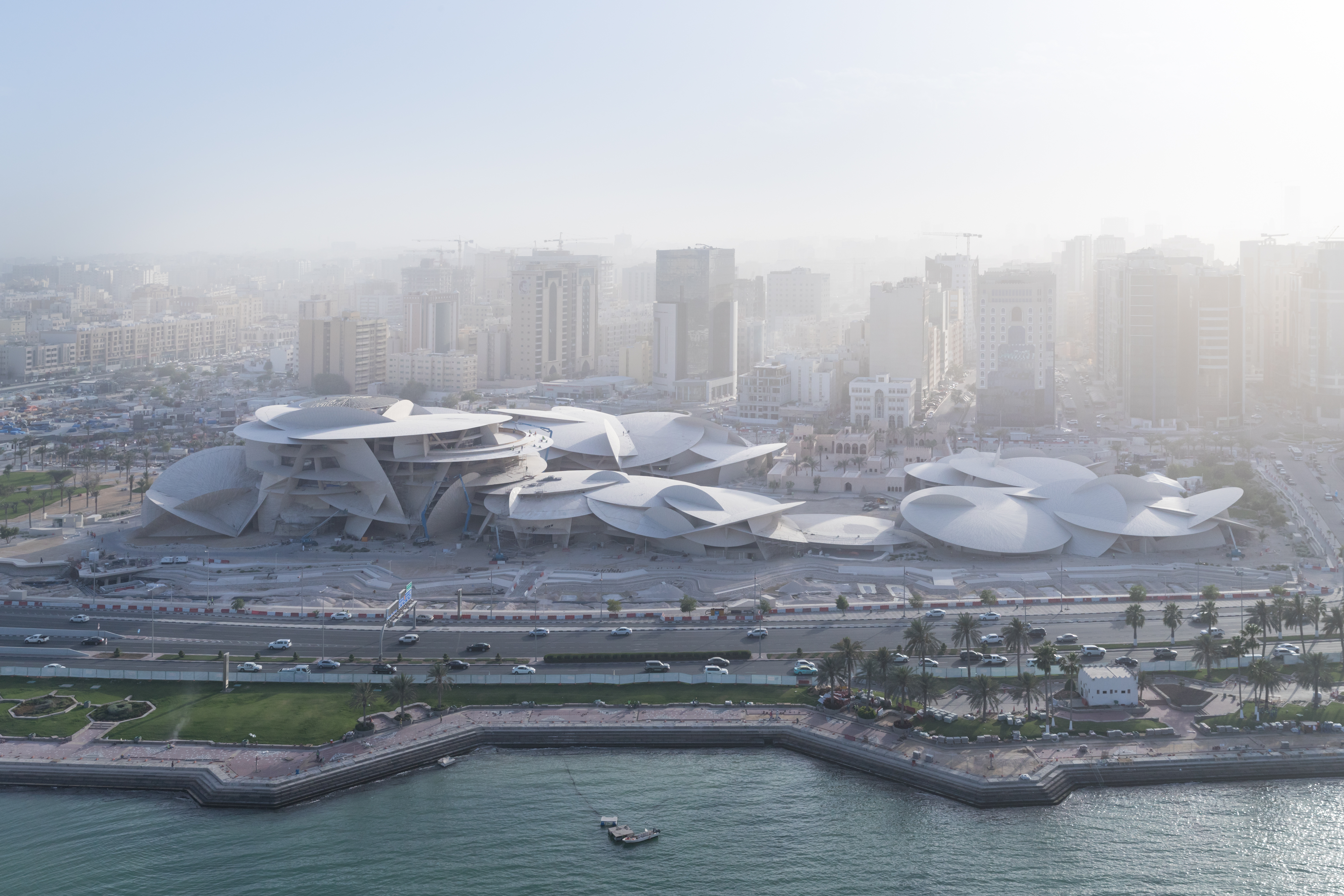
At the heart of the new National Museum of Qatar is a platform displaying the components of a traditional bait al-sha’t, or ‘house of hair’, the tents Bedouins constructed and dismantled as they roamed the peninsula. Resembling long Persian rugs, they were knit by women from the hair of black goats for their ability to protect from harsh, unpredictable weather.
The message, that architecture here in Qatar must work hard, is as true today as ever. Like the skyscrapers of Doha’s West Bay area, Jean Nouvel’s latest feat, a blast of interlocking concrete discs, is tasked with ‘bridging the sea and desert’ (or, as it were, the city and motorway). But it also must project and shape the nation’s cultural identity, draw publicity to a tiny country growing in geopolitical heft, and help develop a new cultural industry to mitigate the dominance of oil.
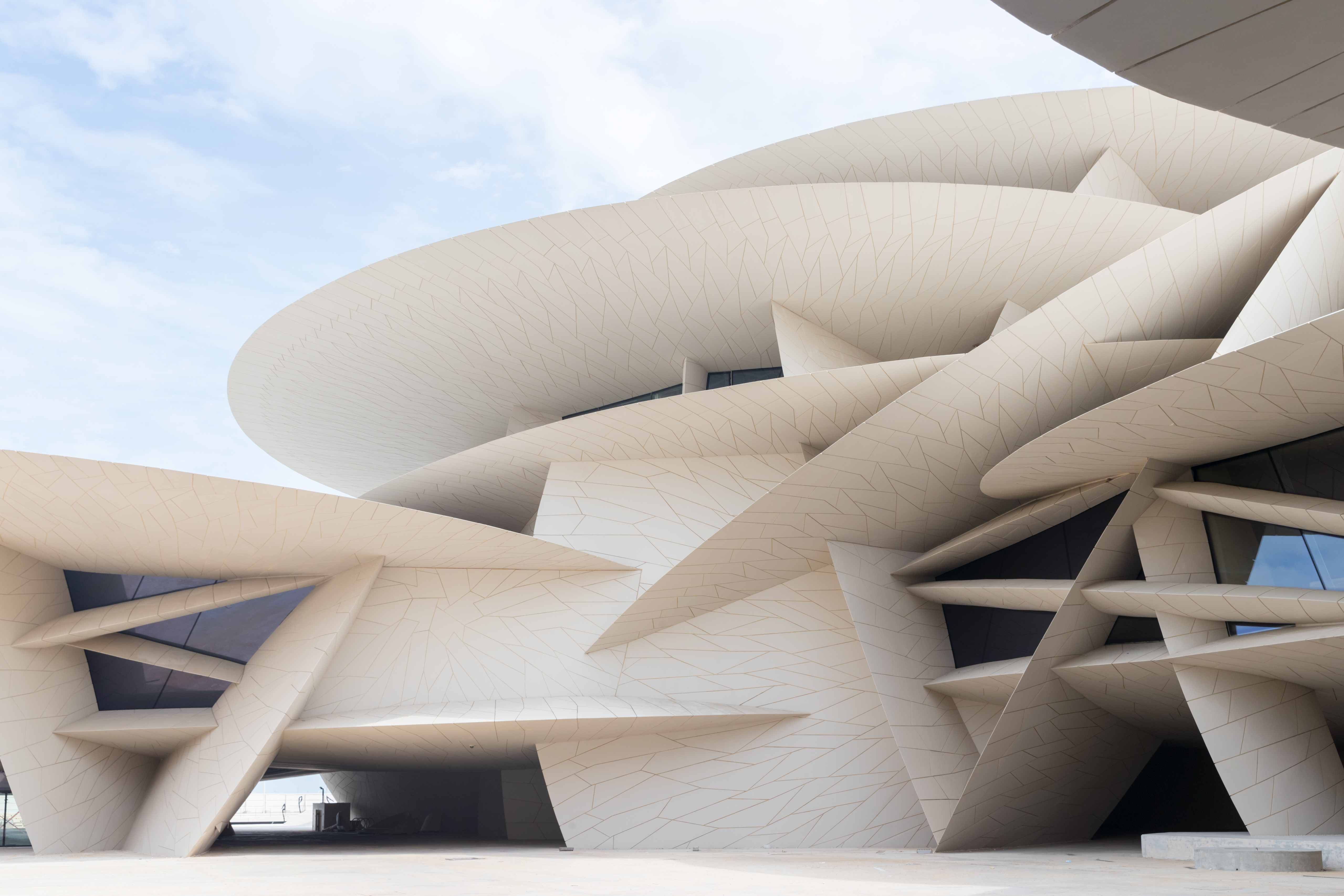
The structure is a blast of interlocking concrete discs.
Nouvel’s design nails a tough mission: to balance, superlative for superlative, IM Pei’s pyramidal Museum of Islamic Art, down the road. Not to mention Nouvel’s own Louvre satellite next door in Abu Dhabi. The architect takes as his inspiration a naturally occurring phenomenon of the ‘desert rose’, a layered crystallisation of minerals occurring in salty sand. He designed 539 conical discs to act as ‘petals’ and cast them in glass fibre-reinforced concrete. The neutral-toned finish will provide a foil for the scourge of flying sand that ends up coating even Doha’s steeliest towers after a storm. ‘They symbolise at once the eternity of the desert and its link with the sea,’ he says.
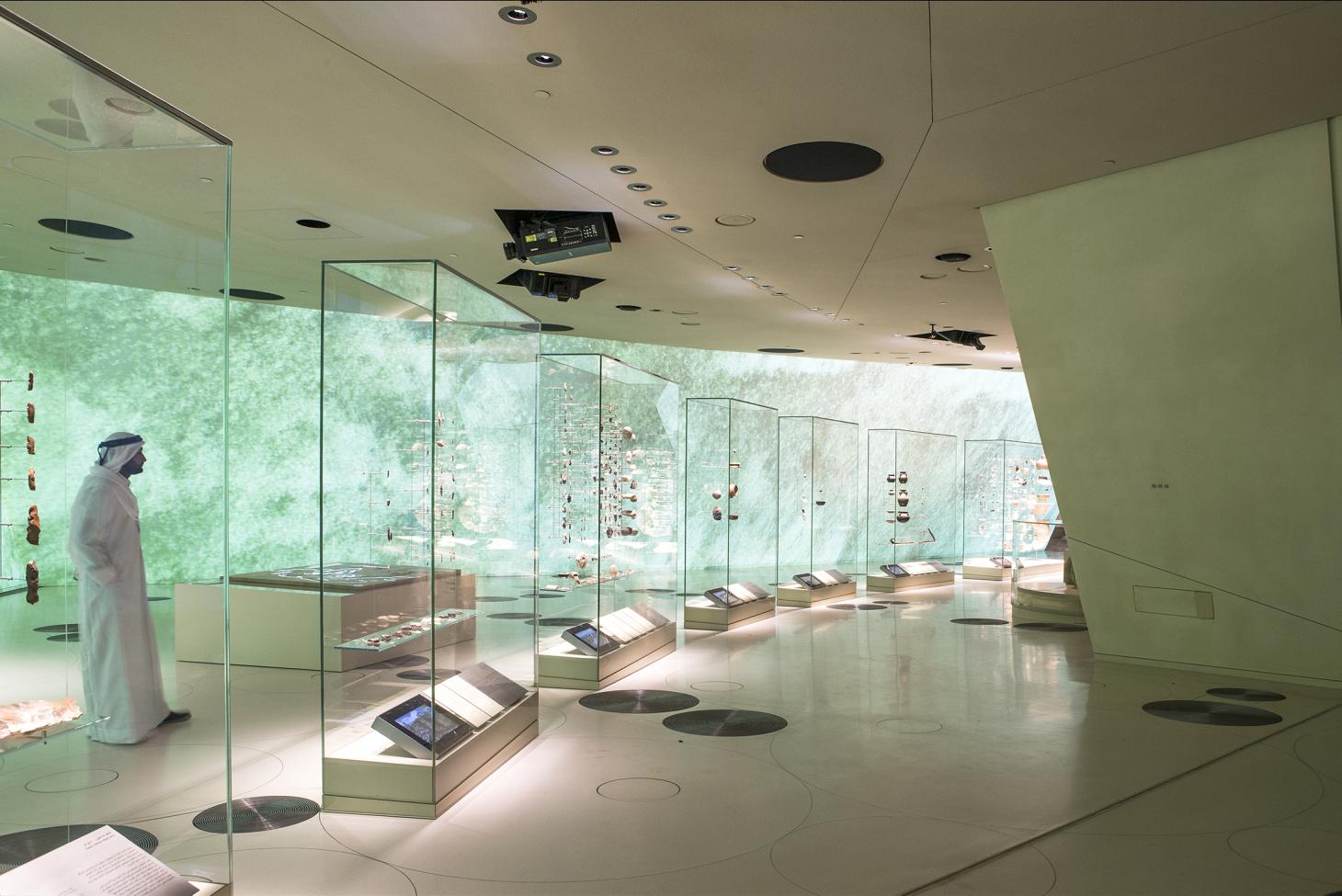
Inside, the museum hosts displays that celebrate the nation’s identity.
Driving Doha’s palm-edged Corniche is how most visitors will approach the NMoQ – the building creeps up on you that way. But taking the narrower inland roads allows it to properly surge into view. The nimbleness and litheness of the forms belie the heavy brutality of the material, which is supported by deftly placed vertical volumes that form a steel superstructure, anchored into the grainy public plaza.
At the entrance, petals fly outward into archways, and as you pass under, the arrangement appears to blossom before your eyes. The complexity, says Nouvel, is in the connections at each node. Arup engineers in every timezone worked to control the forces at those intersections. ‘The structural system is a mystery,’ concludes Nouvel.

Entrance to the Children’s gift shop, with layered interior architecture by Koichi Takada Architects.
Indoors, the first curiosity you’ll encounter is an escalator, leading up to a second lobby and corridor. Windows, set deep within the voids to minimise harsh light and heat, work with inward-slanting walls to suppress the visitor experience slightly. The wonky walls deliver an effect not unlike walking through a series of Bedouin tents; instead of bearing the brunt of the artefacts, they bear giant, high-definition screens broadcasting historical video reenactments by seasoned directors like Mira Nair and Peter Webber.
Moving into the centre of each gallery are the actual artefacts: tools and runes from prehistory, falconry gear and pearl-fishing equipment from the early years of this 200-year-old nation and finally extraction machinery from Qatar’s recent arrival as a world leader in liquid natural gas. They go on nearly a mile, culminating at the largest artefact of all: a century-old palace once inhabited by the late Sheikh Abdullah bin Jassim Al Thani, now under restoration.
Receive our daily digest of inspiration, escapism and design stories from around the world direct to your inbox.
Nouvel says ‘architecture is the testimony of an epoch,’ and he believes his building and this collection ‘will help develop better understanding and communication between civilizations and political entities.
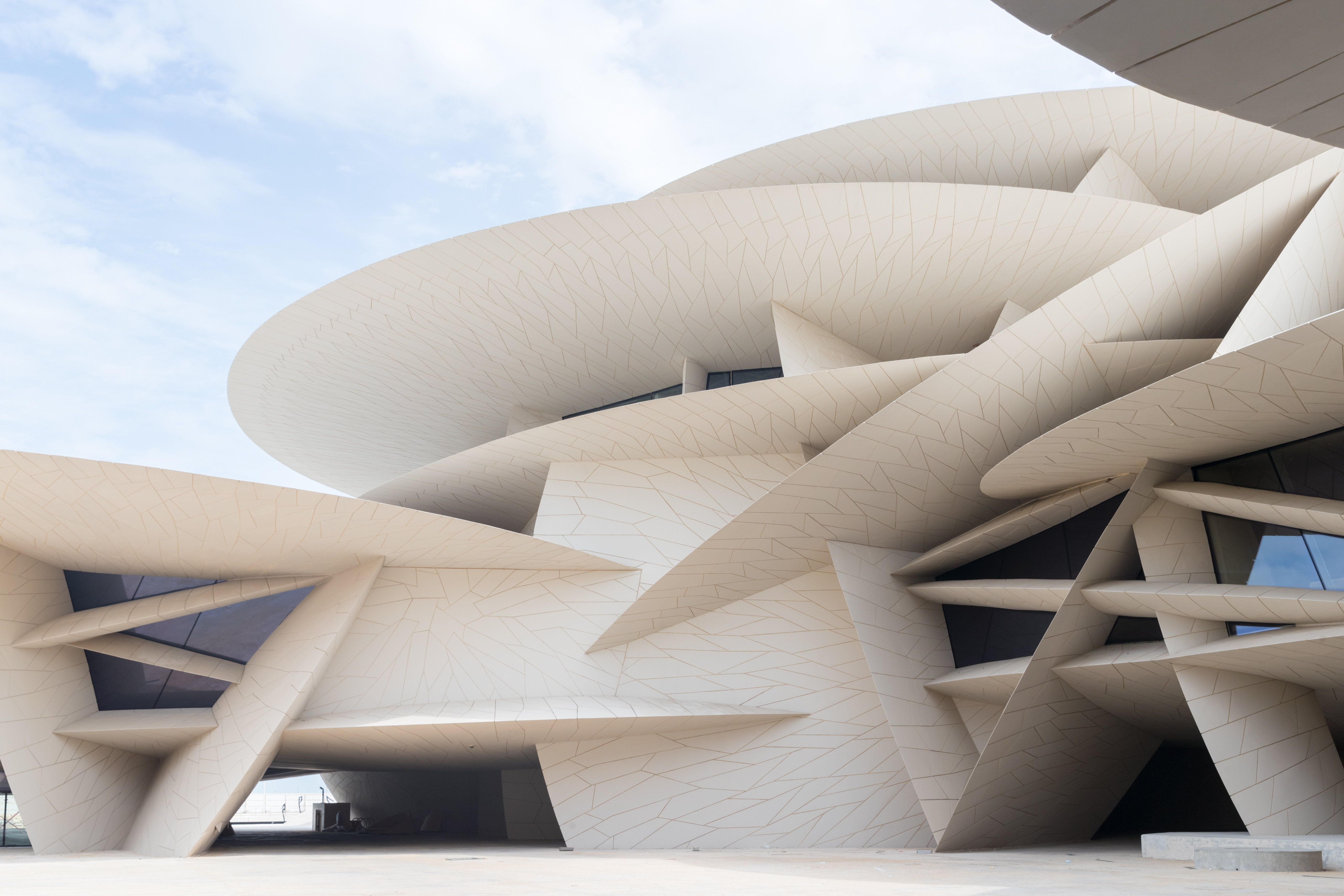
The shape of the museum is inspired by the naturally occurring phenomenon of the ‘desert rose’.
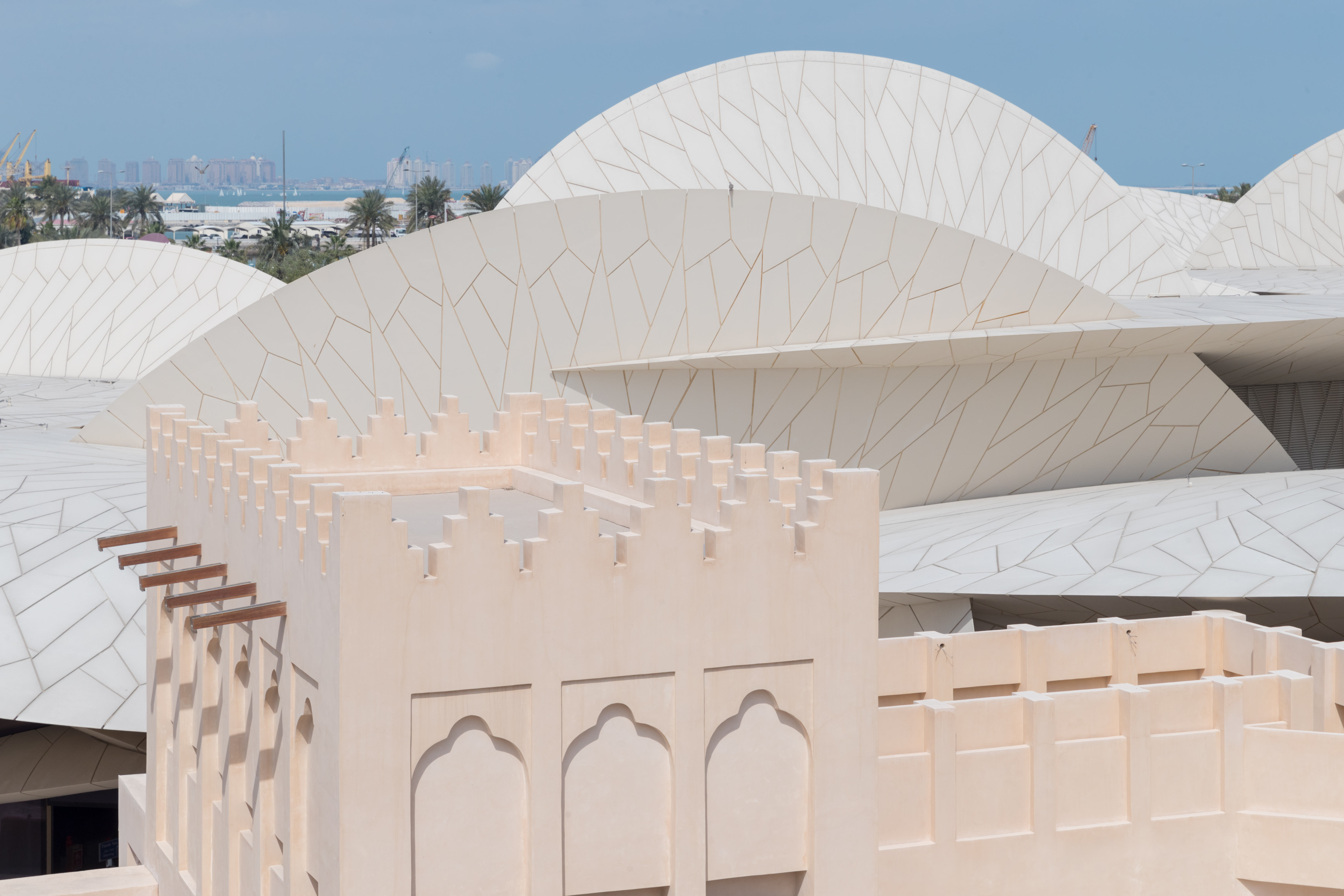
The museum sits among historical architecture of the region, such as the Palace of Sheikh Abdullah bin Jassim Al Thani.
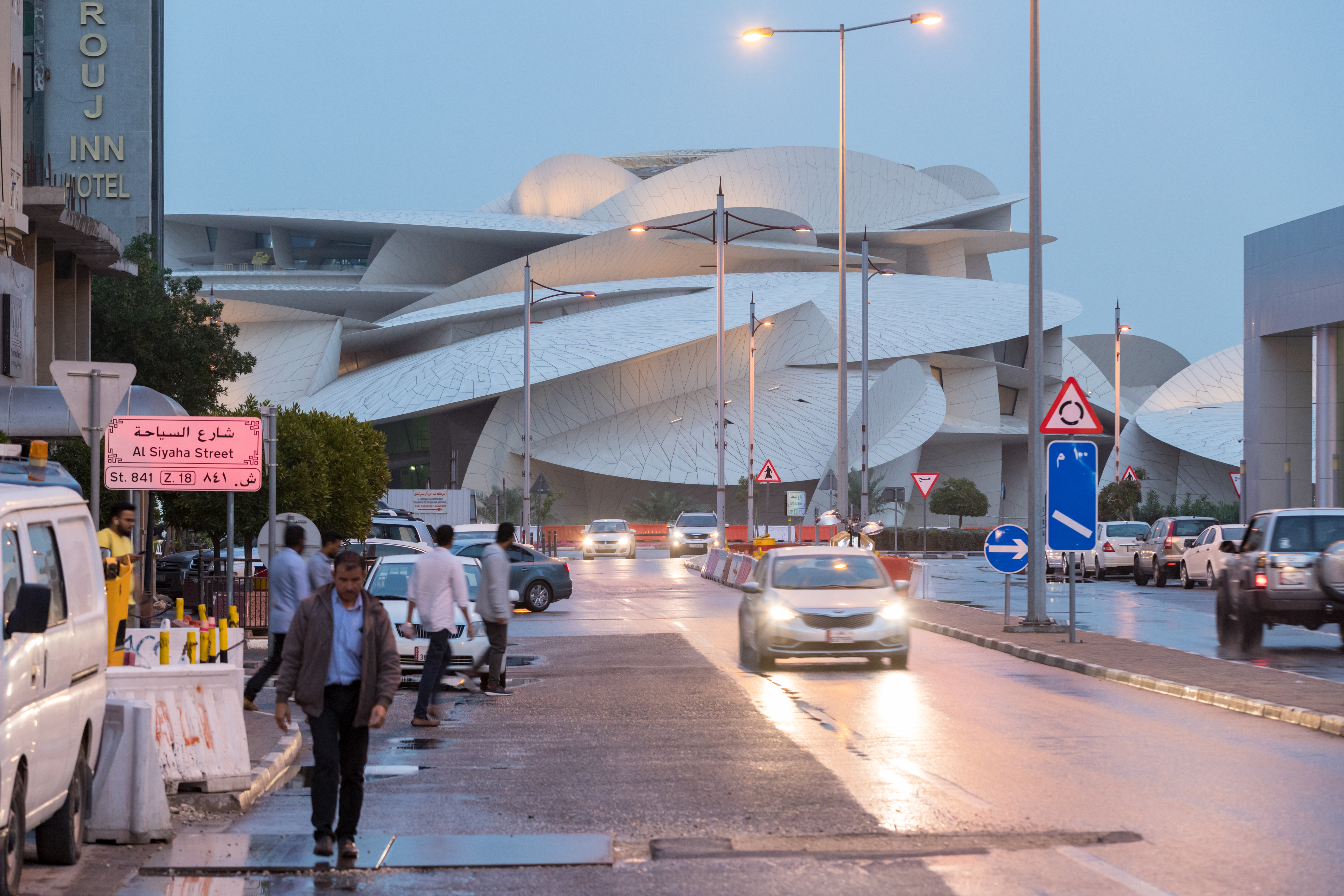
The striking composition and its some-539 discs stands out in the Doha streetscape. Photography: Iwan Baan

The artefacts on display include from tools and runes from prehistory, to extraction machinery from Qatar’s recent arrival as a world leader in liquid natural gas.

The ceiling of the gift shop, interior architecture by Koichi Takada Architects.

Entrance to the gift shop, carved out of the architecture.
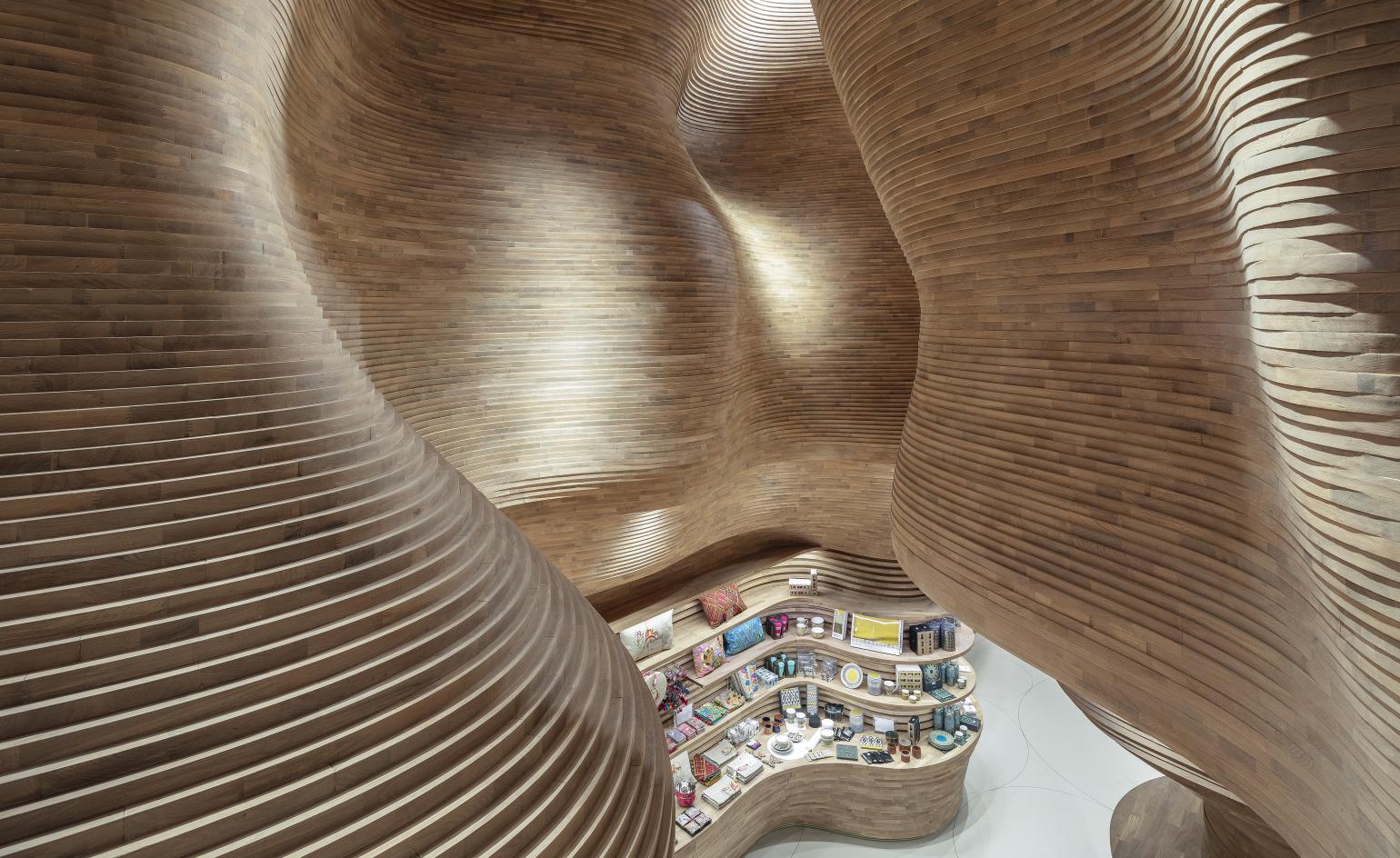
View down to the gift shop
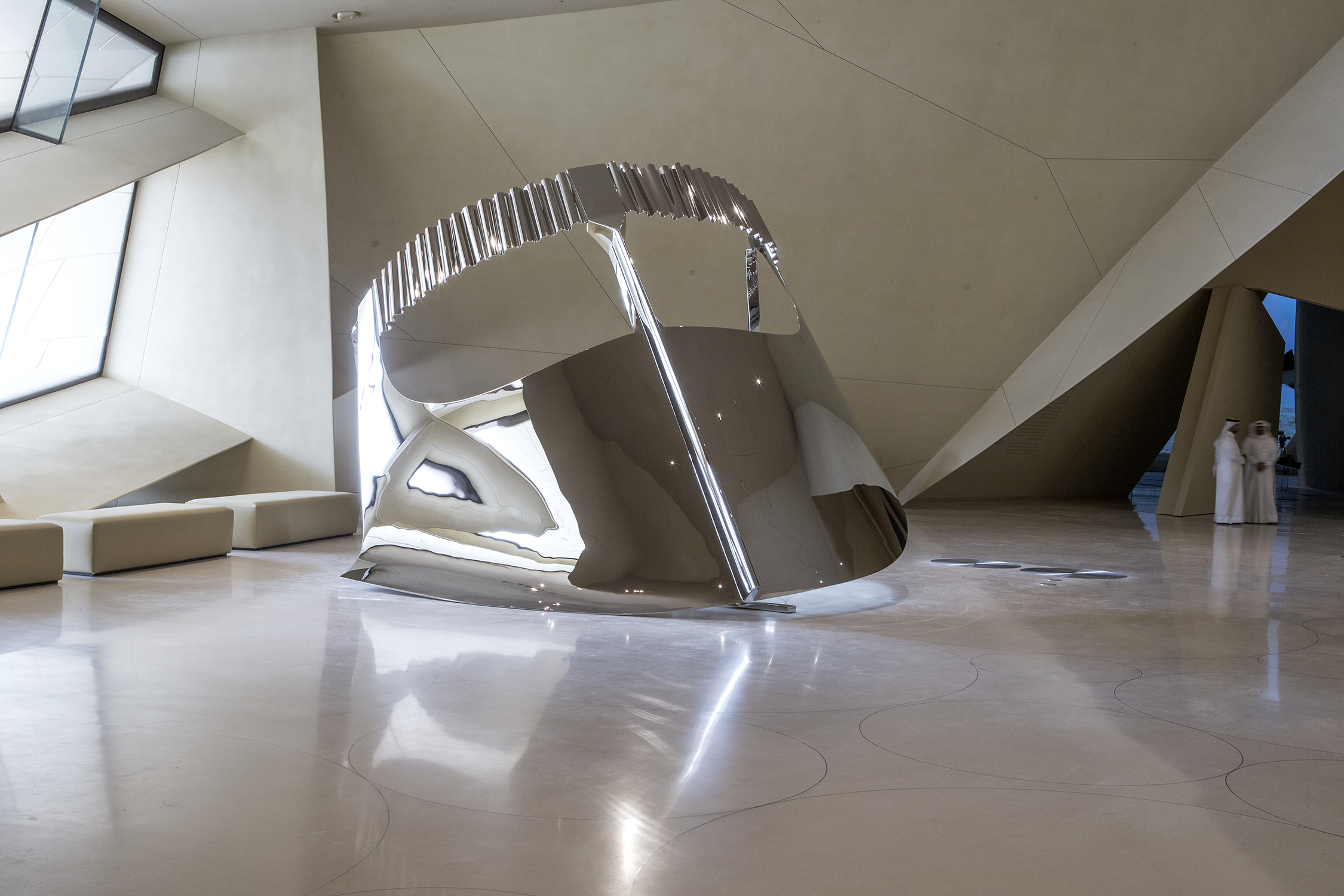
Windows are carefully placed to protect the interiors from the region’s intense heat.
INFORMATION
For more information visit the The Ateliers Jean Nouvel website
Based in London, Ellen Himelfarb travels widely for her reports on architecture and design. Her words appear in The Times, The Telegraph, The World of Interiors, and The Globe and Mail in her native Canada. She has worked with Wallpaper* since 2006.
-
 Form... and flavour? The best design-led restaurant debuts of 2025
Form... and flavour? The best design-led restaurant debuts of 2025A Wallpaper* edit of the restaurant interiors that shaped how we ate, gathered and lingered this year
-
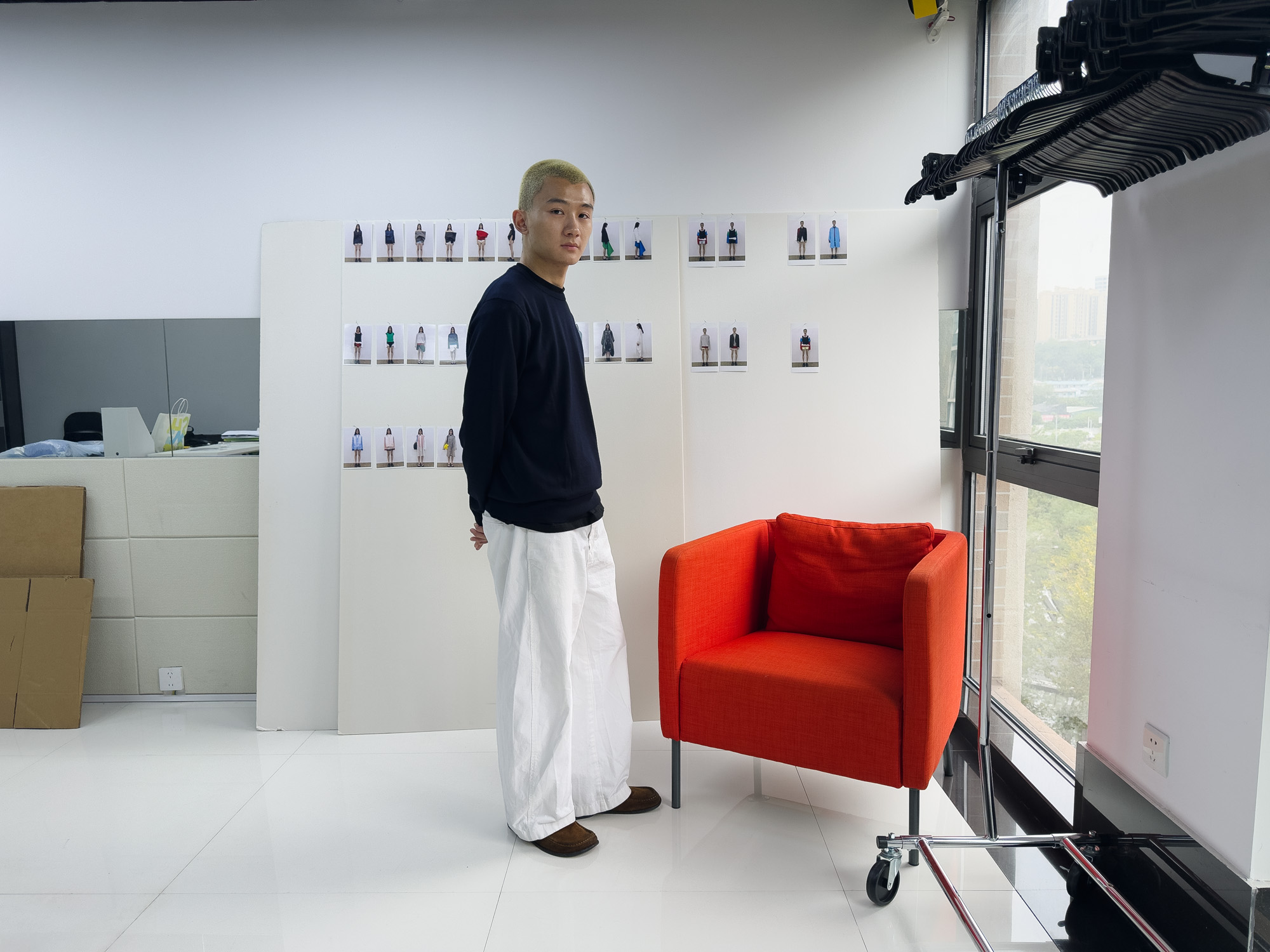 The rising style stars of 2026: Zane Li, fashion’s new minimalist
The rising style stars of 2026: Zane Li, fashion’s new minimalistAs part of the January 2026 Next Generation issue of Wallpaper*, we meet fashion’s next generation. First up, Zane Li, whose New York-based label LII is marrying minimalism with architectural construction and a vivid use of colour
-
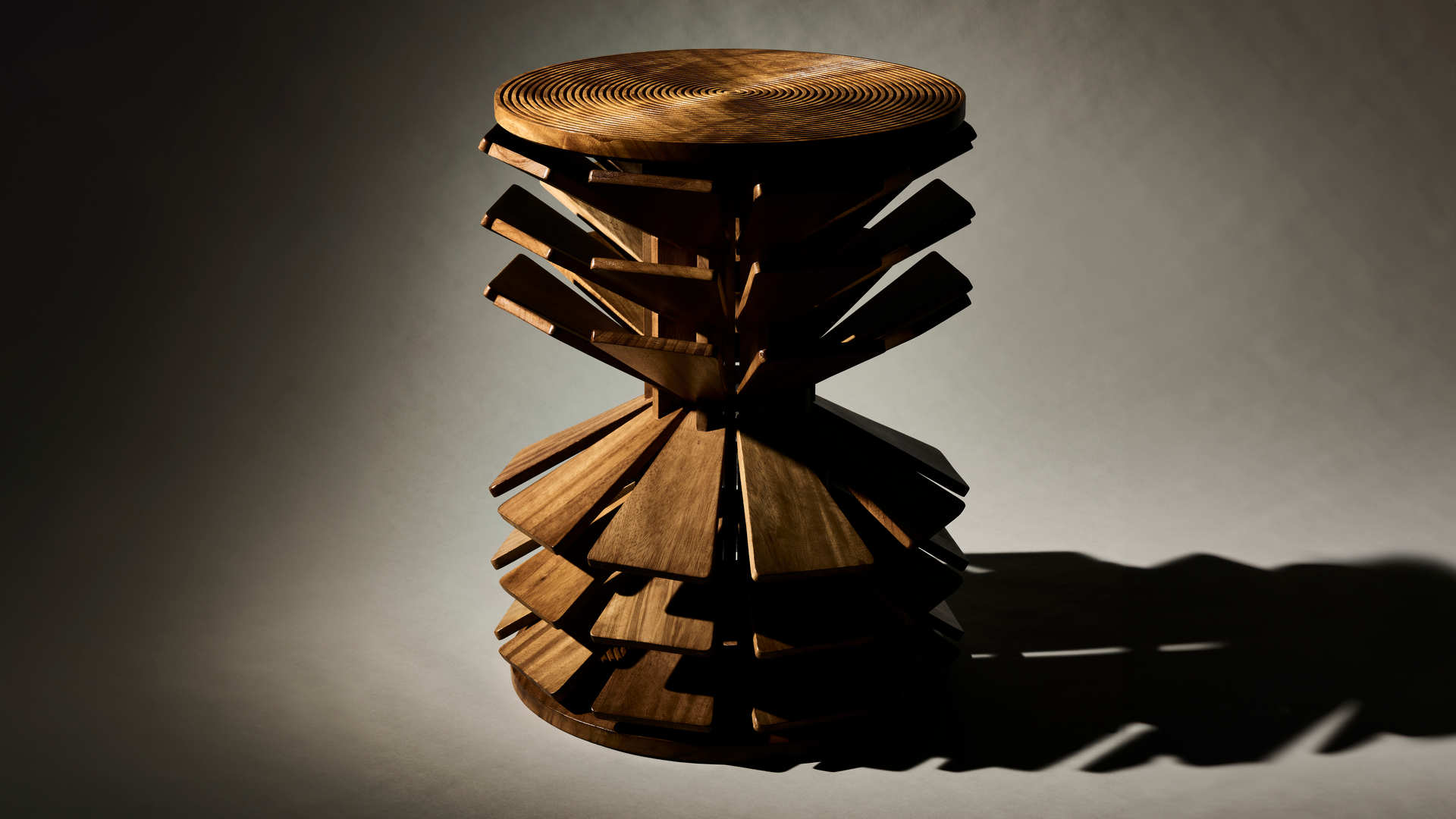 The work of Salù Iwadi Studio reclaims African perspectives with a global outlook
The work of Salù Iwadi Studio reclaims African perspectives with a global outlookWallpaper* Future Icons: based between Lagos and Dakar, Toluwalase Rufai and Sandia Nassila of Salù Iwadi Studio are inspired by the improvisational nature of African contemporary design
-
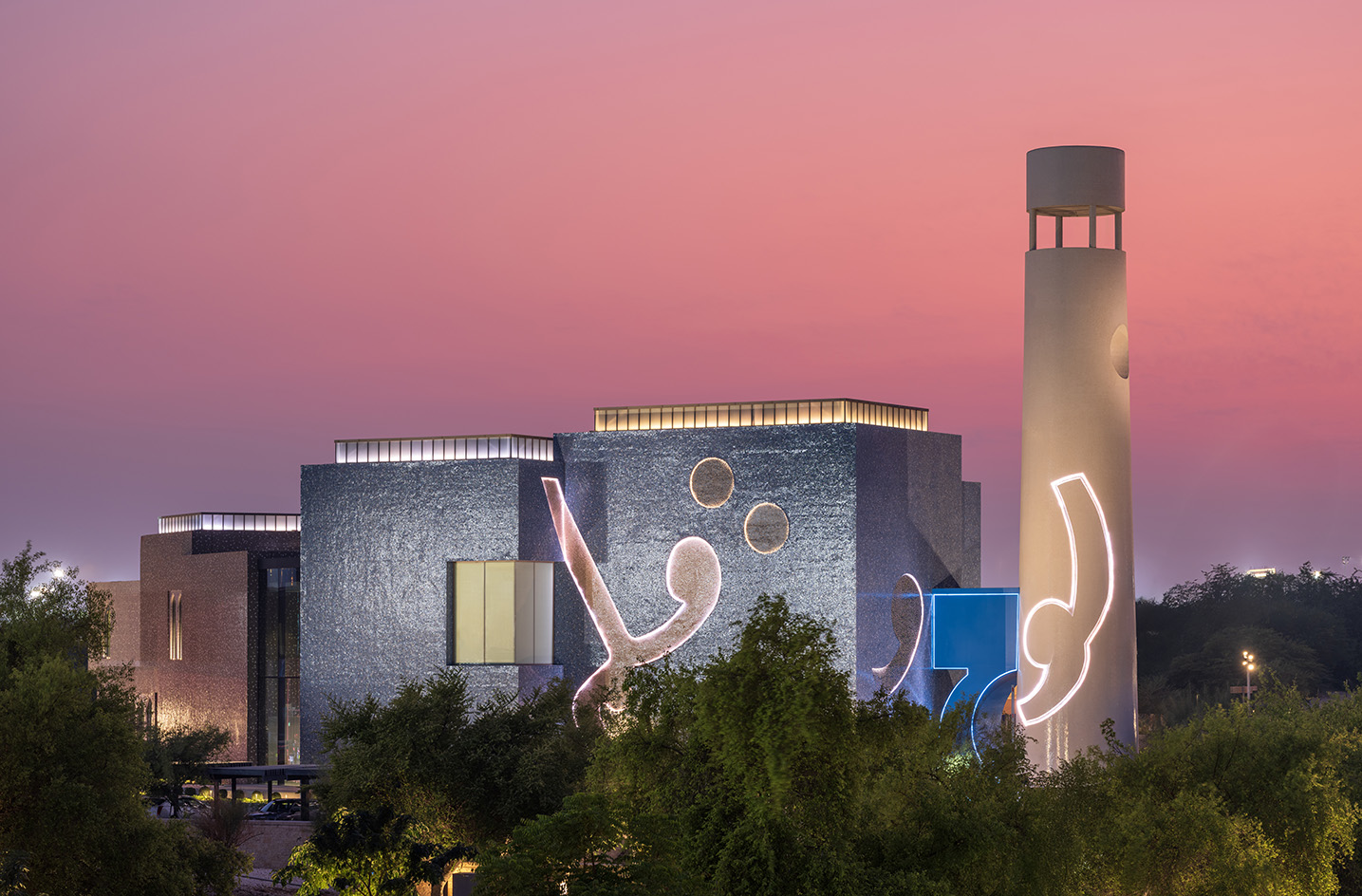 A new art museum brings colour, quirk and a celebration of creativity to Doha
A new art museum brings colour, quirk and a celebration of creativity to DohaLawh Wa Qalam: M. F. Husain Museum is awash with colour and character, courtesy of Indian architect Martand Khosla and the Qatar Foundation
-
 RIBA launches new awards – and for the first winners, we look to the Middle East
RIBA launches new awards – and for the first winners, we look to the Middle EastThe RIBA Middle East Award winners are announced today. The first of the organisation's two new territory awards series honours a women-only mosque, a luxury hotel, a city park and more
-
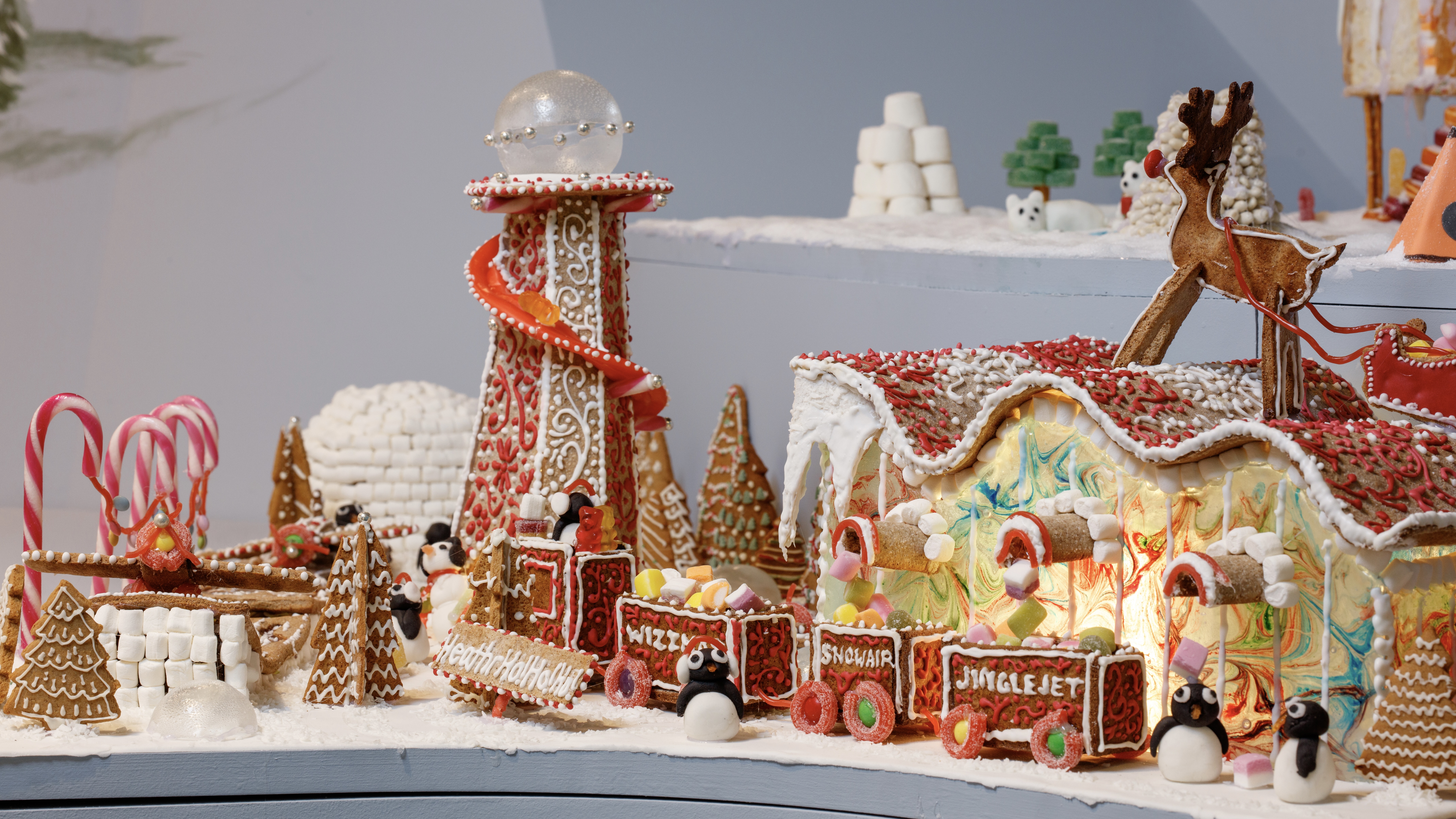 Welcome to The Gingerbread City – a baked metropolis exploring the idea of urban ‘play’
Welcome to The Gingerbread City – a baked metropolis exploring the idea of urban ‘play’The Museum of Architecture’s annual exhibition challenges professionals to construct an imaginary, interactive city entirely out of gingerbread
-
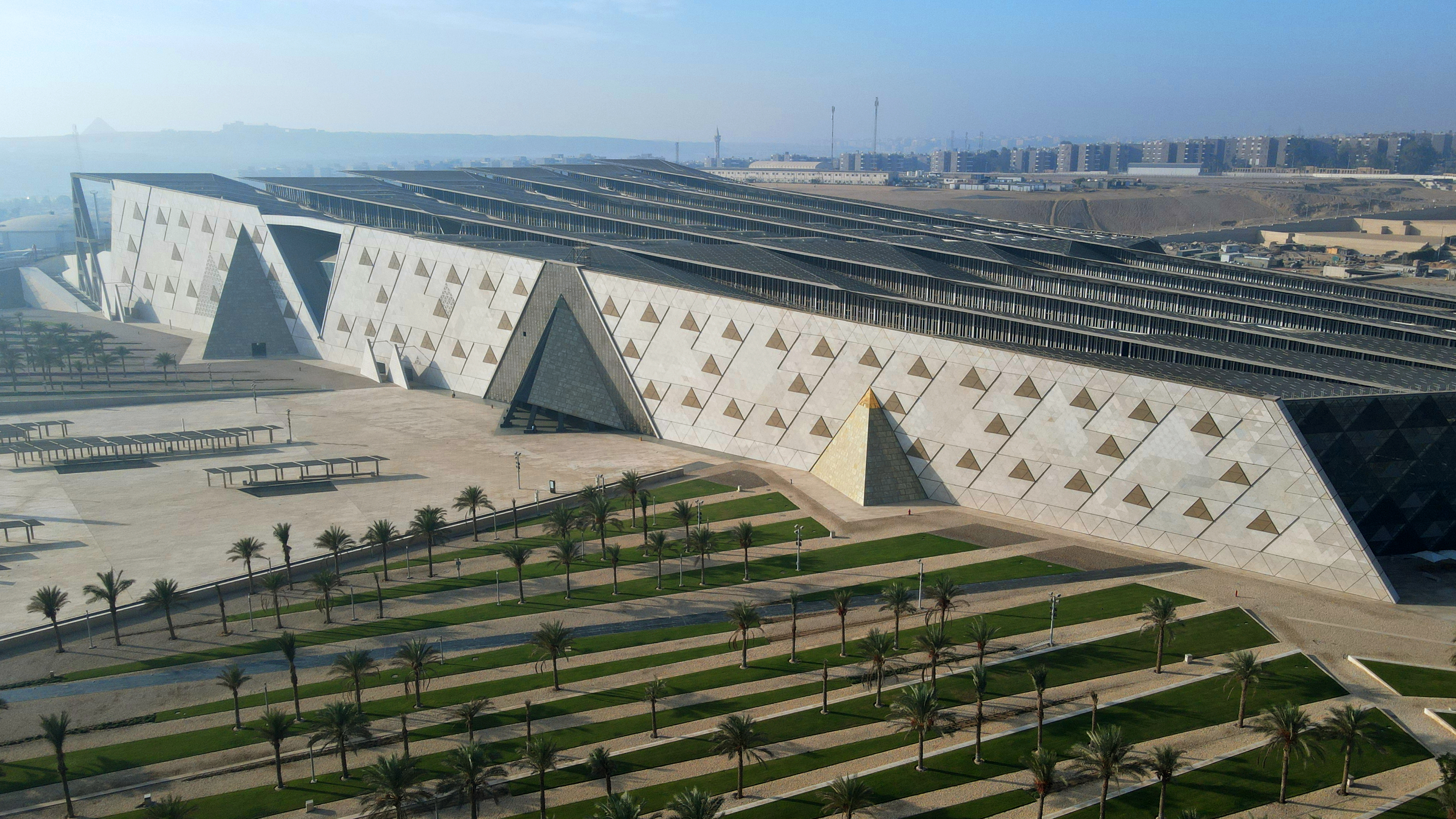 The Grand Egyptian Museum – a monumental tribute to one of humanity’s most captivating civilisations – is now complete
The Grand Egyptian Museum – a monumental tribute to one of humanity’s most captivating civilisations – is now completeDesigned by Heneghan Peng Architects, the museum stands as an architectural link between past and present on the timeless sands of Giza
-
 ‘You have to be courageous and experimental’: inside Fondation Cartier’s new home
‘You have to be courageous and experimental’: inside Fondation Cartier’s new homeFondation Cartier pour l'art contemporain in Paris invites us into its new home, a movable feast expertly designed by Jean Nouvel
-
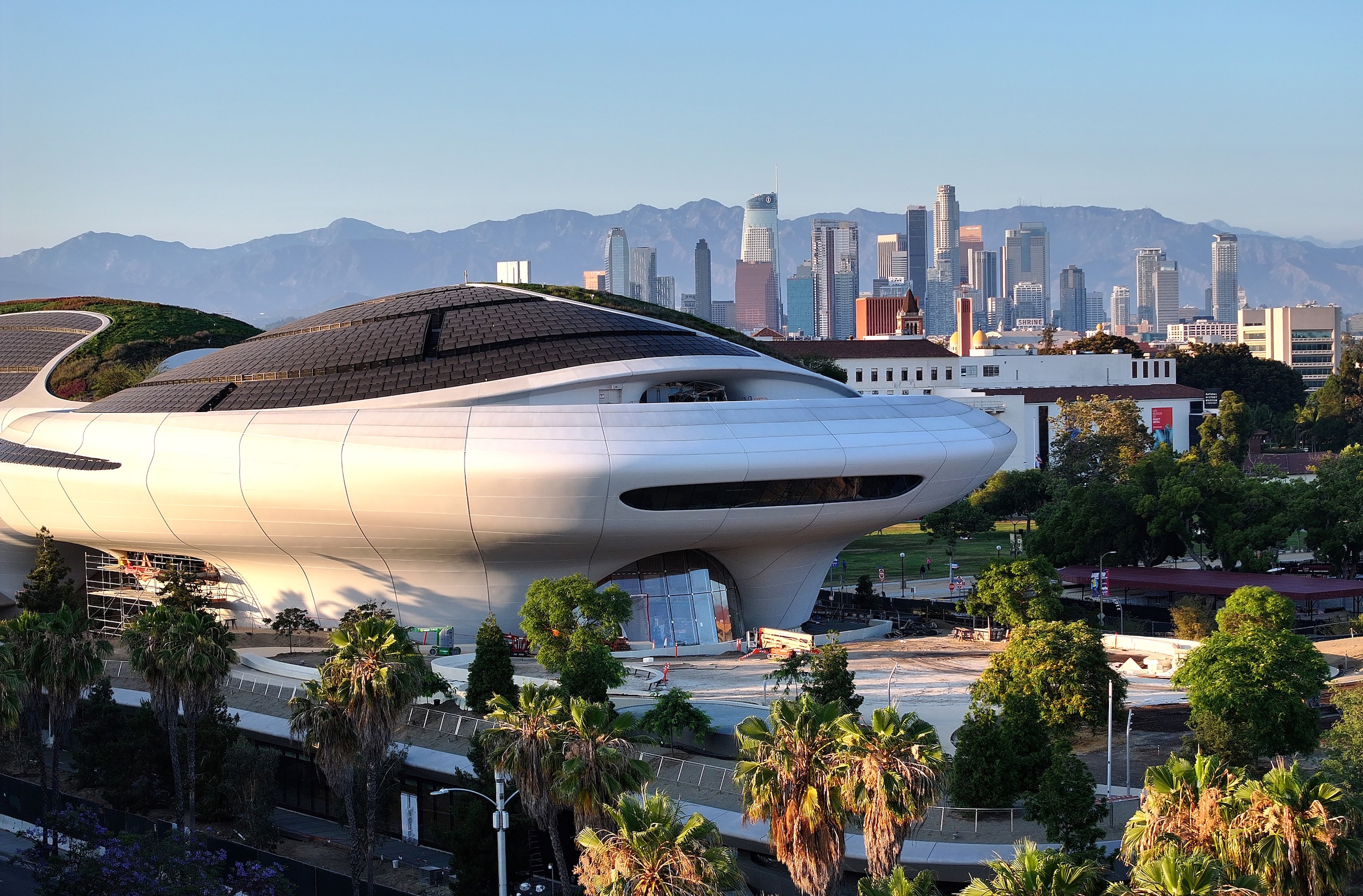 George Lucas’ otherworldly Los Angeles museum is almost finished. Here’s a sneak peek
George Lucas’ otherworldly Los Angeles museum is almost finished. Here’s a sneak peekArchitect Ma Yansong walks us through the design of the $1 billion Lucas Museum of Narrative Art, set to open early next year
-
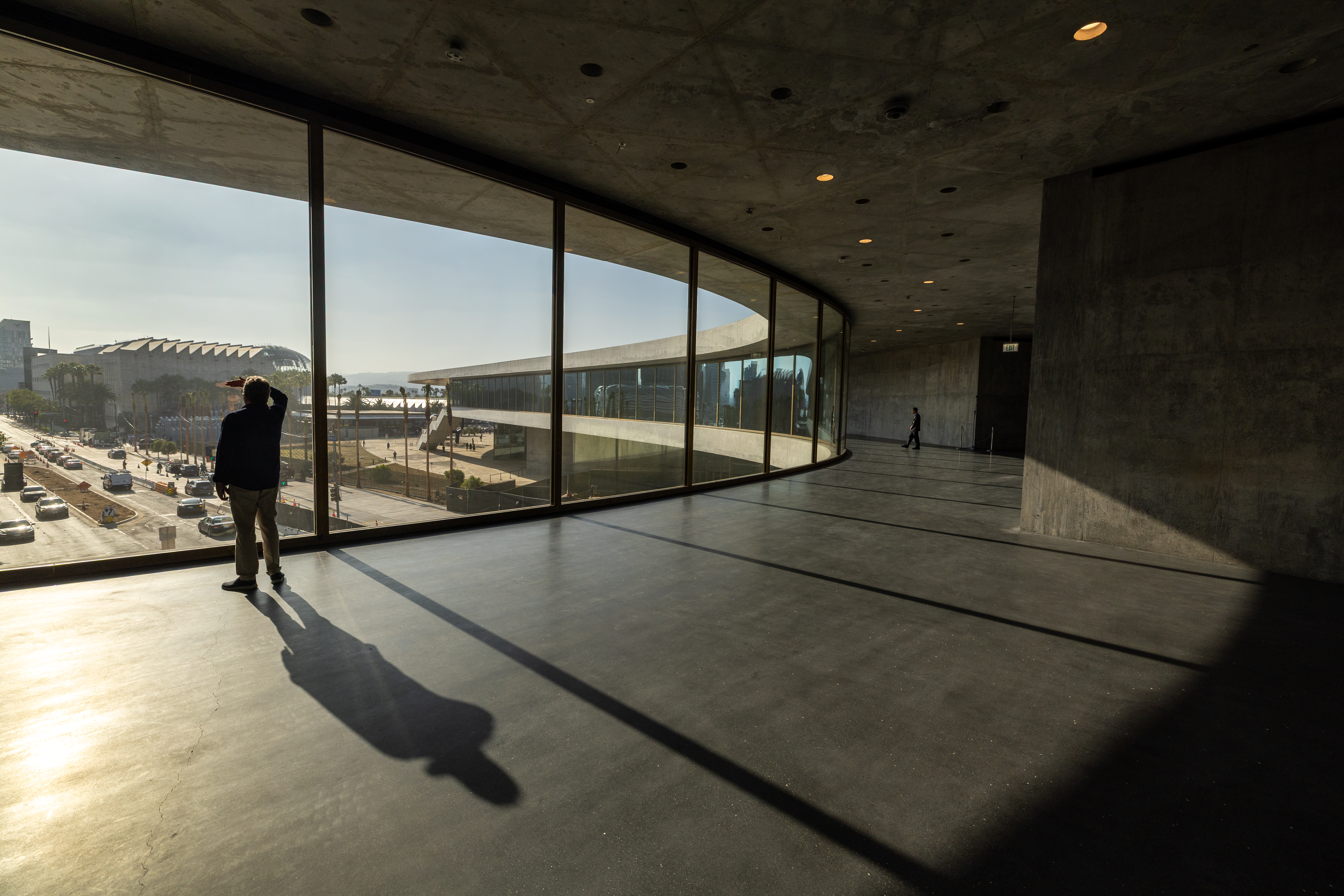 The great American museum boom
The great American museum boomNine of the world’s top ten most expensive, recently announced cultural projects are in the US. What is driving this investment, and is this statistic sustainable?
-
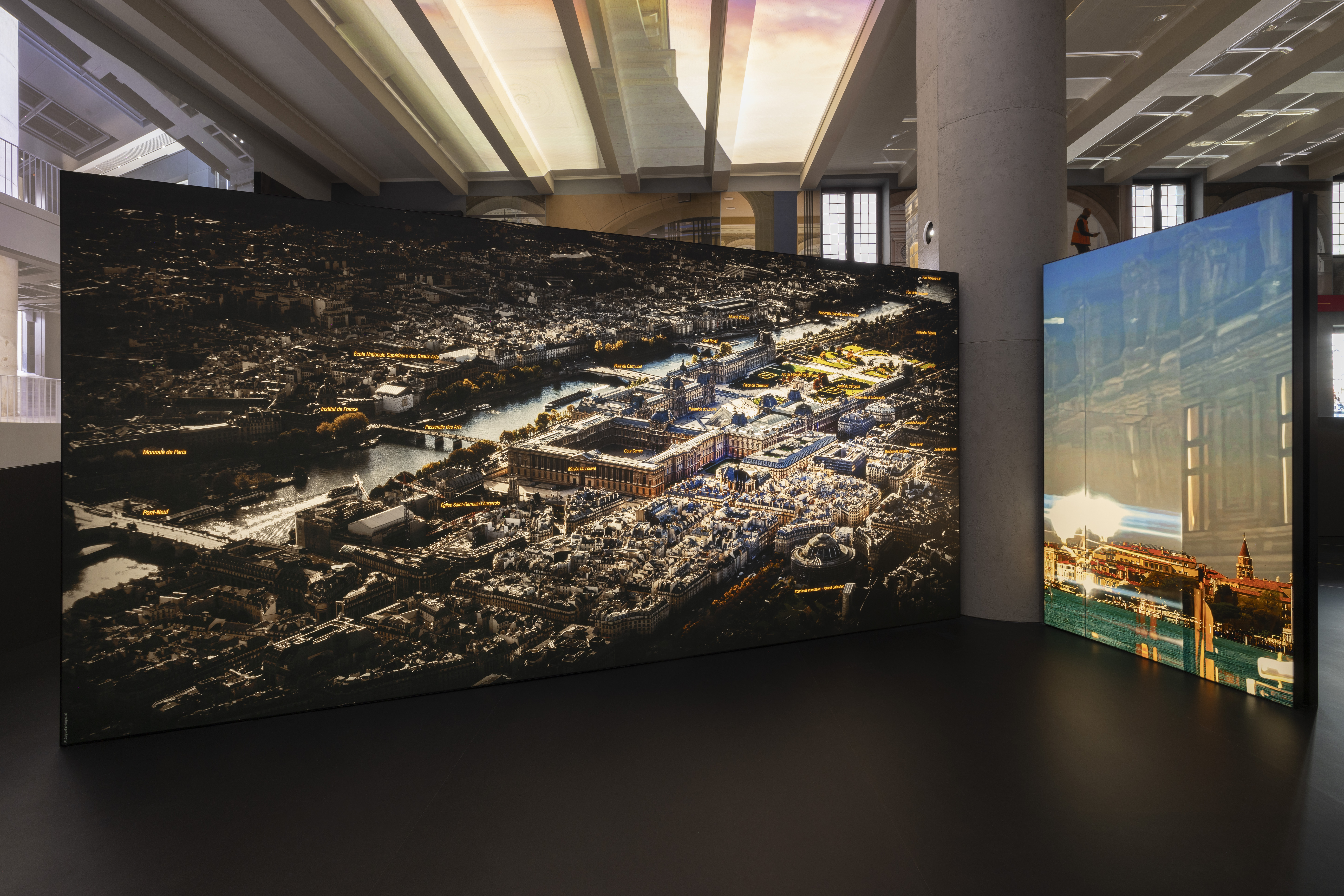 A Venice sneak peek into the new Fondation Cartier pour l’art contemporain by Jean Nouvel
A Venice sneak peek into the new Fondation Cartier pour l’art contemporain by Jean NouvelA new home for Fondation Cartier pour l’art contemporain by Jean Nouvel will open later this year in Paris; in the meantime, the Venice Architecture Biennale 2025 offered the perfect platform for a sneak preview of what's to come